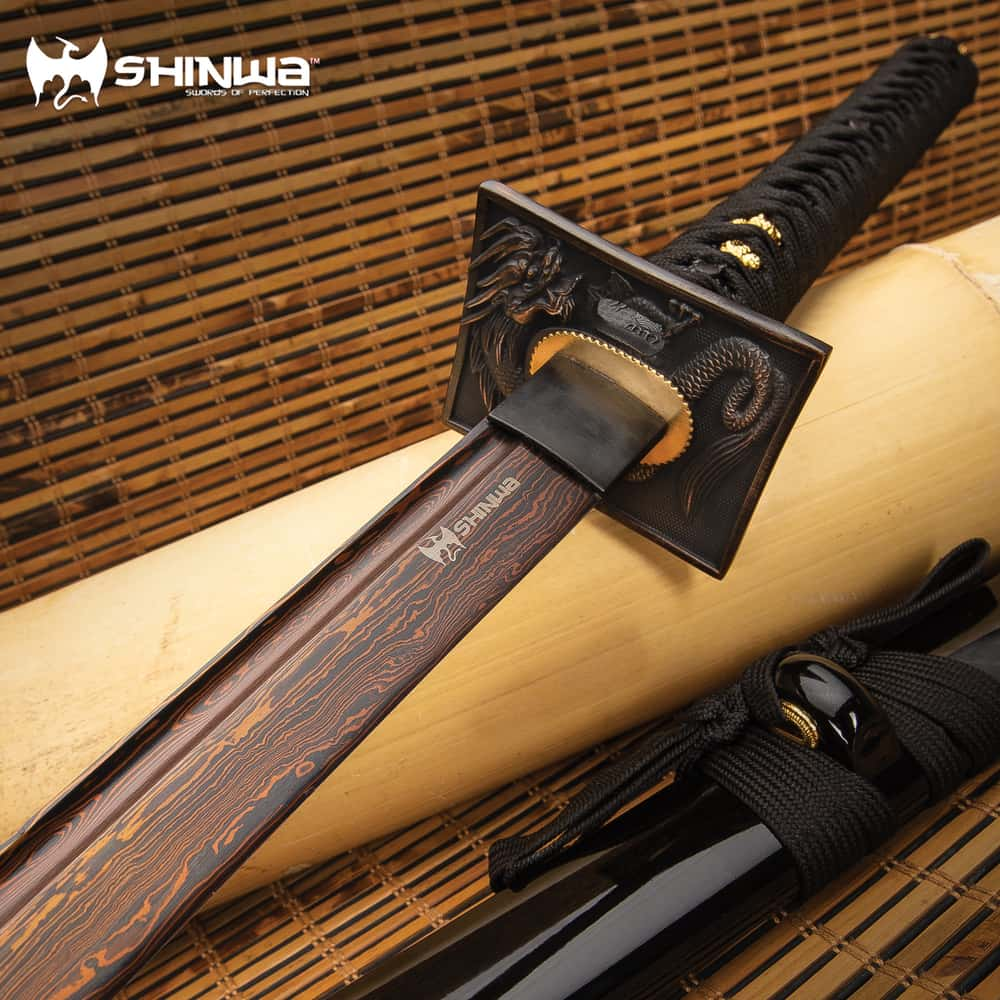


Leg length and proportion are important in the perception of human beauty, which is often considered a sign of health and fertility. However, in most cases research has been showing that environment is a more powerful force to shape leg length and body proportions than genes. For example, one of the SHOX related disorders is Turner syndrome. The short stature homeobox-containing gene (SHOX) is the first genomic region that may be relevant to human body proportions. The development of human body proportions is the product of environmental x genomic interactions, although few if any specific genes are known. People do make iai work with a wide range of blade lengths, but I strongly suspect that longer-than-they-should-be blades contribute to many cases where people cut through saya into their hands. a high sitting height ratio) is generally a marker of an adverse environment. Somebody who cant cut safely with a 28' katana when a particular style prescribed a length of 26.5' wont be able to cut safely with a 26.5' blade. For groups of children and youth, short stature due to relatively short legs (i.e. Body Proportion Height/Wingspan 1: H O: Body Proportion Forearm Hand/Forearm 1.618 H A: Body Proportion Forearm Hand/Forearm 1.618: n 24 people y 1.044 s 0. A special feature of the human pattern is that between birth and puberty the legs grow relatively faster than other post-cranial body segments. Use tape measure to the length of subjects wingspan tip of middle finger of one hand to the top of the middle finger of the other hand. Human beings follow a cephalo-caudal gradient of growth, the pattern of growth common to all mammals. There is also wide support for the use of relative leg length as an indicator of the quality of the environment for growth during infancy, childhood and the juvenile years of development.

Human leg length (foot + tibia + femur), sitting height (trunk length + head length) and their proportions (for example the relative leg length in proportion to stature, and the sitting height ratio, among others) are used as epidemiological markers of risk for overweight (fatness), coronary heart disease, diabetes and certain cancers. Decomposing stature into its major components is proving to be a useful strategy to assess the antecedents of disease, morbidity and death in adulthood.


 0 kommentar(er)
0 kommentar(er)
